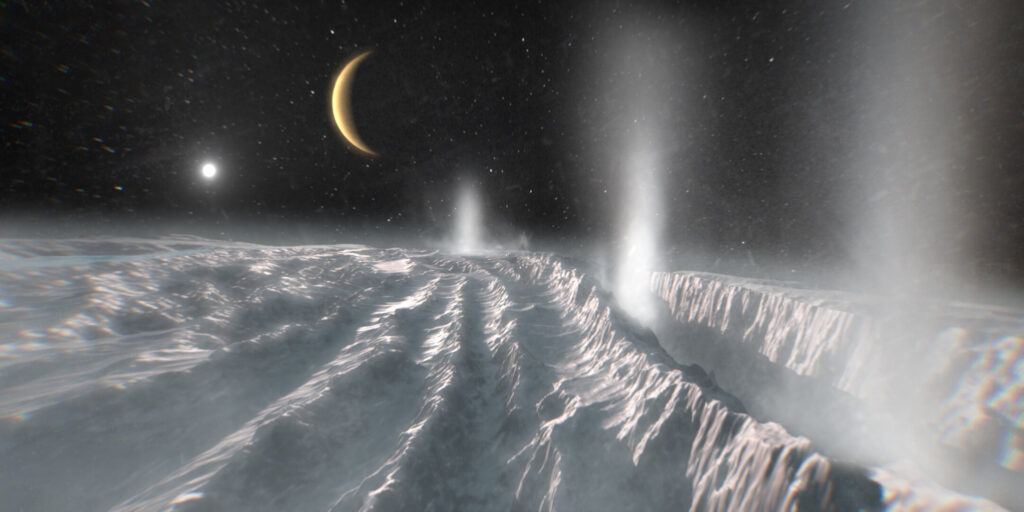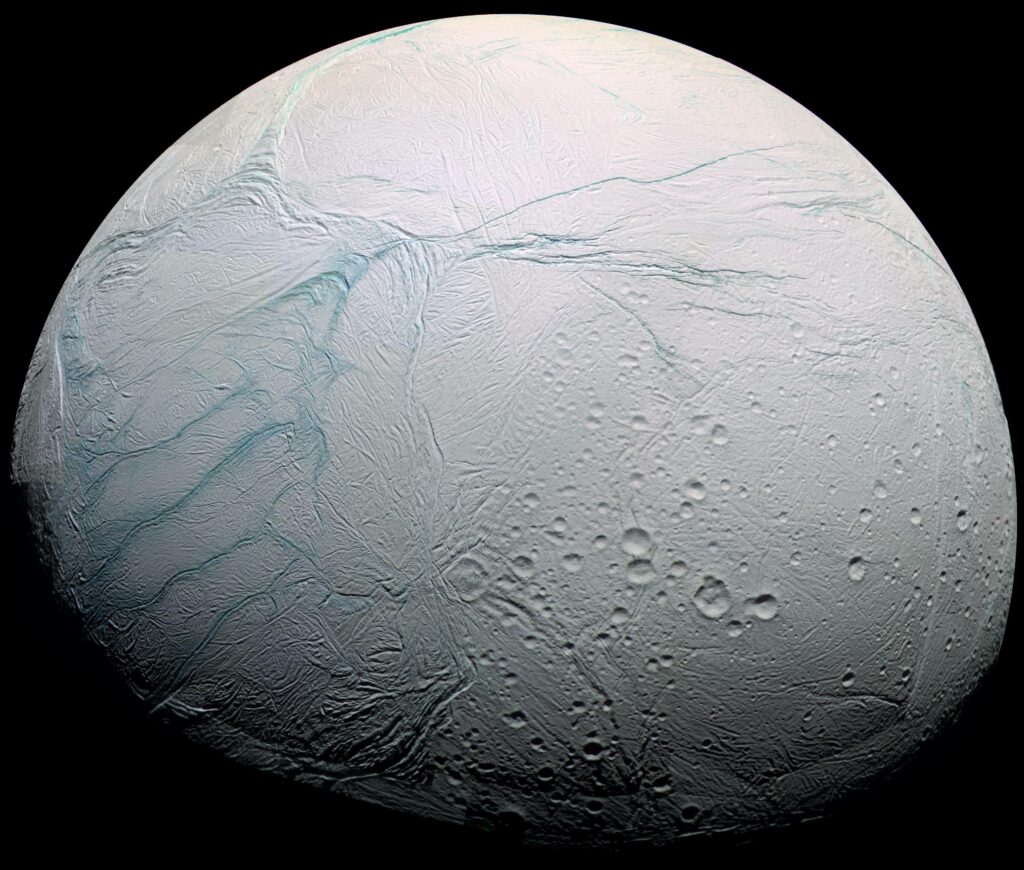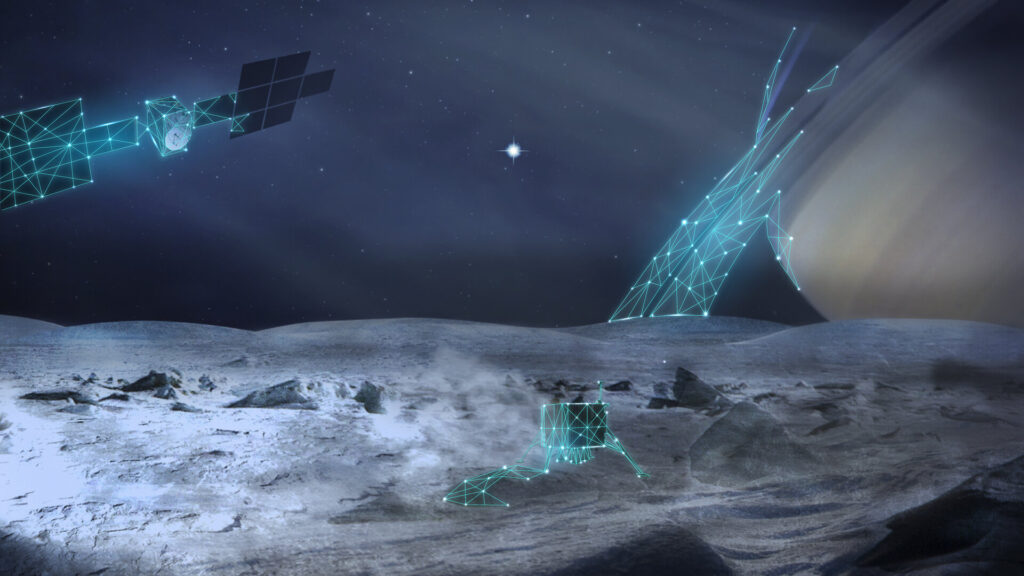The European Space Agency (ESA) has announced the selection of a target for its first “big” mission under the Voyage 2050 program. It will go to Enceladus.
New ESA Program
Voyage 2050 is a long-term ESA program. It covers flagship missions that will be launched between 2035 and 2050.

Back in 2021, it was decided that the goal of the first Voyage 2050 mission would be one of the icy moons of the giant planets. In the depths of which there is an ocean with conditions for supporting life. After that, the ESA gathered a committee of leading planetary scientists who had to evaluate all the pros and cons of each of the moons. In parallel, engineers have developed three possible mission projects to the three most promising targets (Europa, Enceladus and Titan), taking into account the resources that will be available to ESA in the early 2040s.
Recently, the ESA summed up the results of these studies. Enceled was named the most promising target. It is followed by Titan and Europa.

The choice of Enceladus looks obvious. Despite its modest size, this icy moon is showing great activity. Geysers located at its South Pole constantly emit streams of water into space from their subsurface ocean. It is known that they contain a large number of organic compounds, some of which are key to life. And the very fact of such activity indicates the presence of an energy source that does not allow the ocean to freeze. Thus, Enceladus has all the key requirements for life to exist in its depths.
Mission to Enceladus
Since the development of the mission is currently in its earliest stages, the ESA has not provided technical details. It is known that it will be launched using an Ariane 6 rocket. As an example, engineers will use the Cassini-Huygens and JUICE missions.

One of the key goals of the European mission will be to obtain and analyze water from the Enceladus ocean. This can be done both by landing a probe on the surface of the moon, and flying through the ejection of its geyser and collecting matter. In addition to studying Enceladus, the mission program may also include rendezvous with other moons of Saturn, including the same Titan.
At the moment, the launch of the Enceladus mission is scheduled for the early 2040s. Its arrival at the target is expected in about ten years.
According to https://www.esa.int
Follow us on Twitter to get the most interesting space news in time
https://twitter.com/ust_magazine


